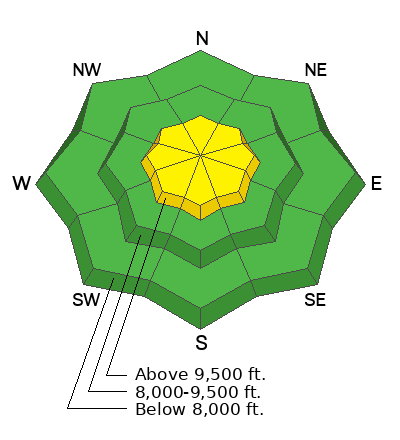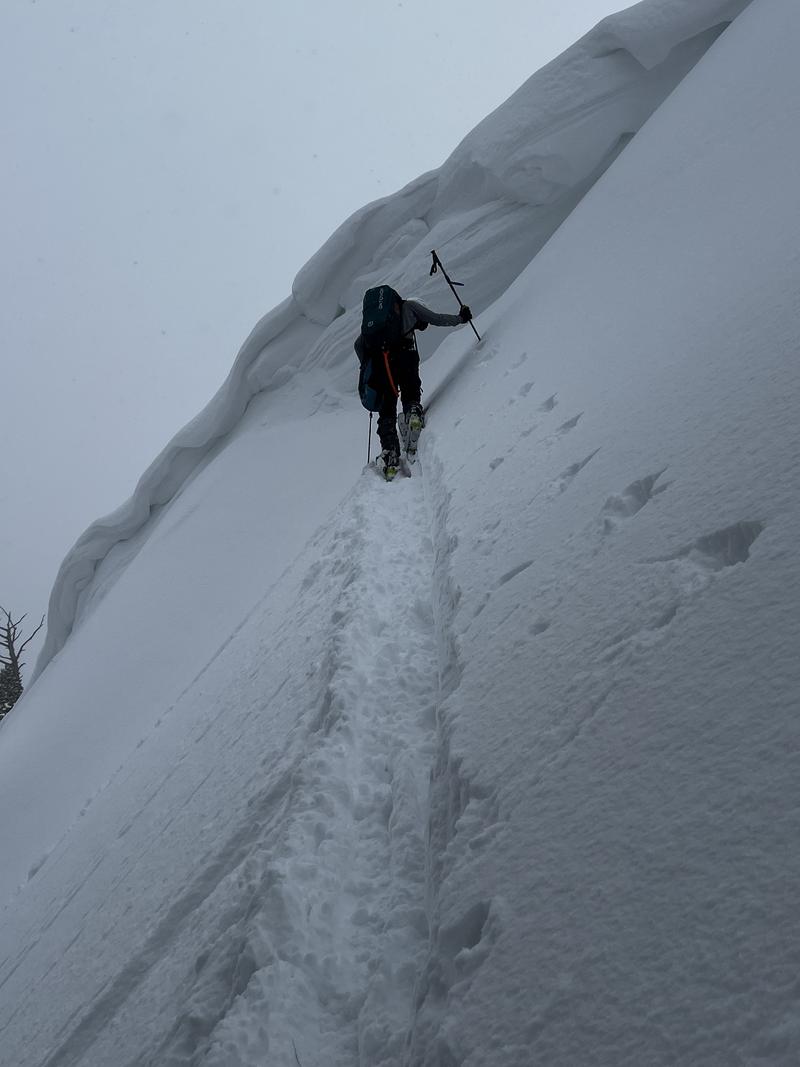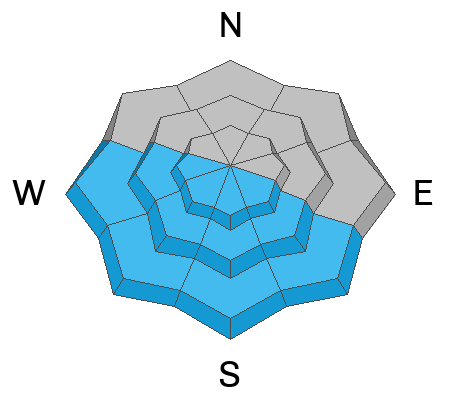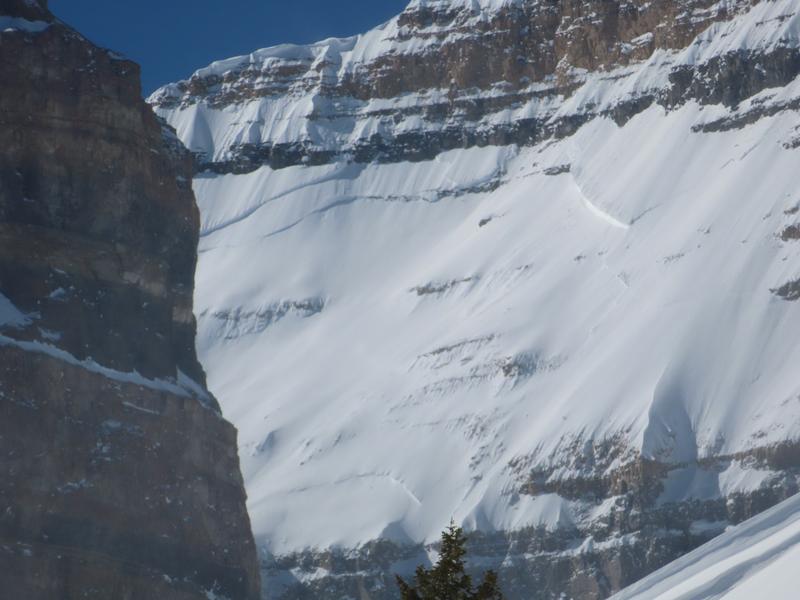Forecast for the Provo Area Mountains

Issued by Greg Gagne on
Friday morning, March 8, 2024
Friday morning, March 8, 2024
The avalanche danger is MODERATE on wind-drifted slopes at the upper elevations where triggering shallow soft slabs of wind-drifted snow are possible. Also watch for long-running sluffing in the dry new snow on steep northerly-facing terrain and sluffing in loose, wet snow on south and west aspects. The avalanche danger is LOW at the low and mid elevations.
If you choose to step into bigger terrain, evaluate each slope carefully for wind-drifted snow or thinner, rockier slopes where it is possible to trigger an avalanche. Consider the consequences of your terrain choices if you get caught in even a small avalanche.

Low
Moderate
Considerable
High
Extreme
Learn how to read the forecast here








